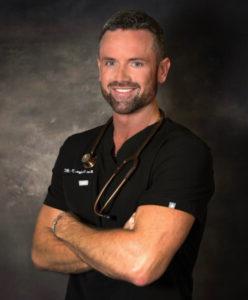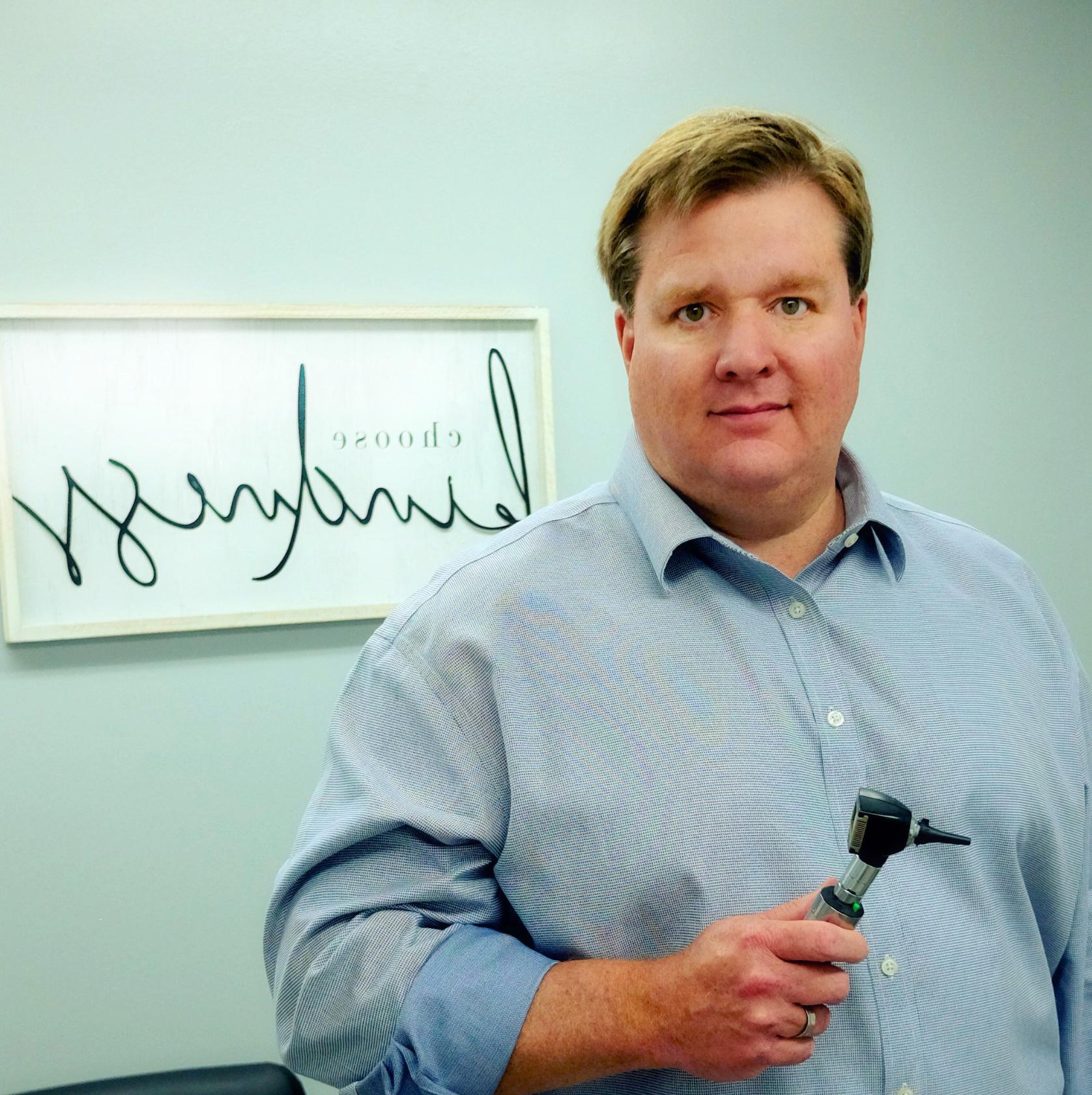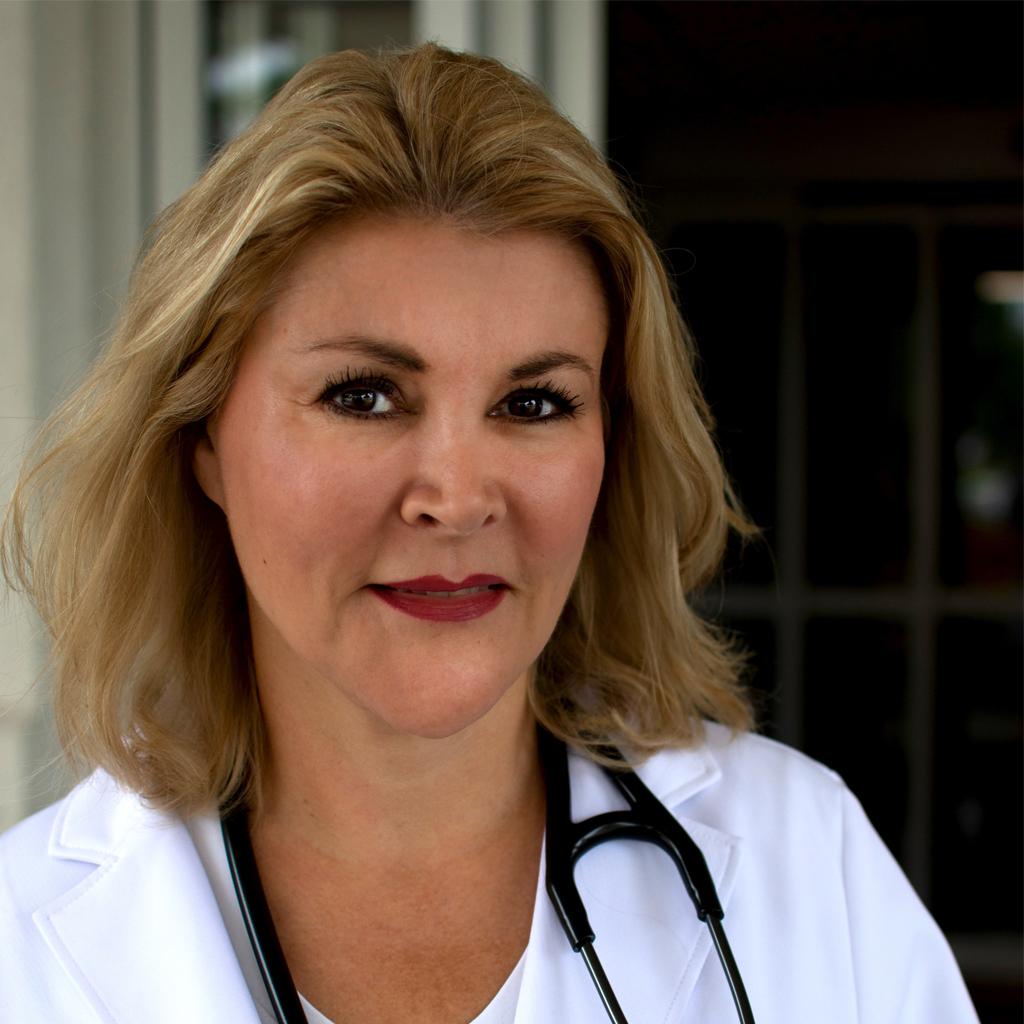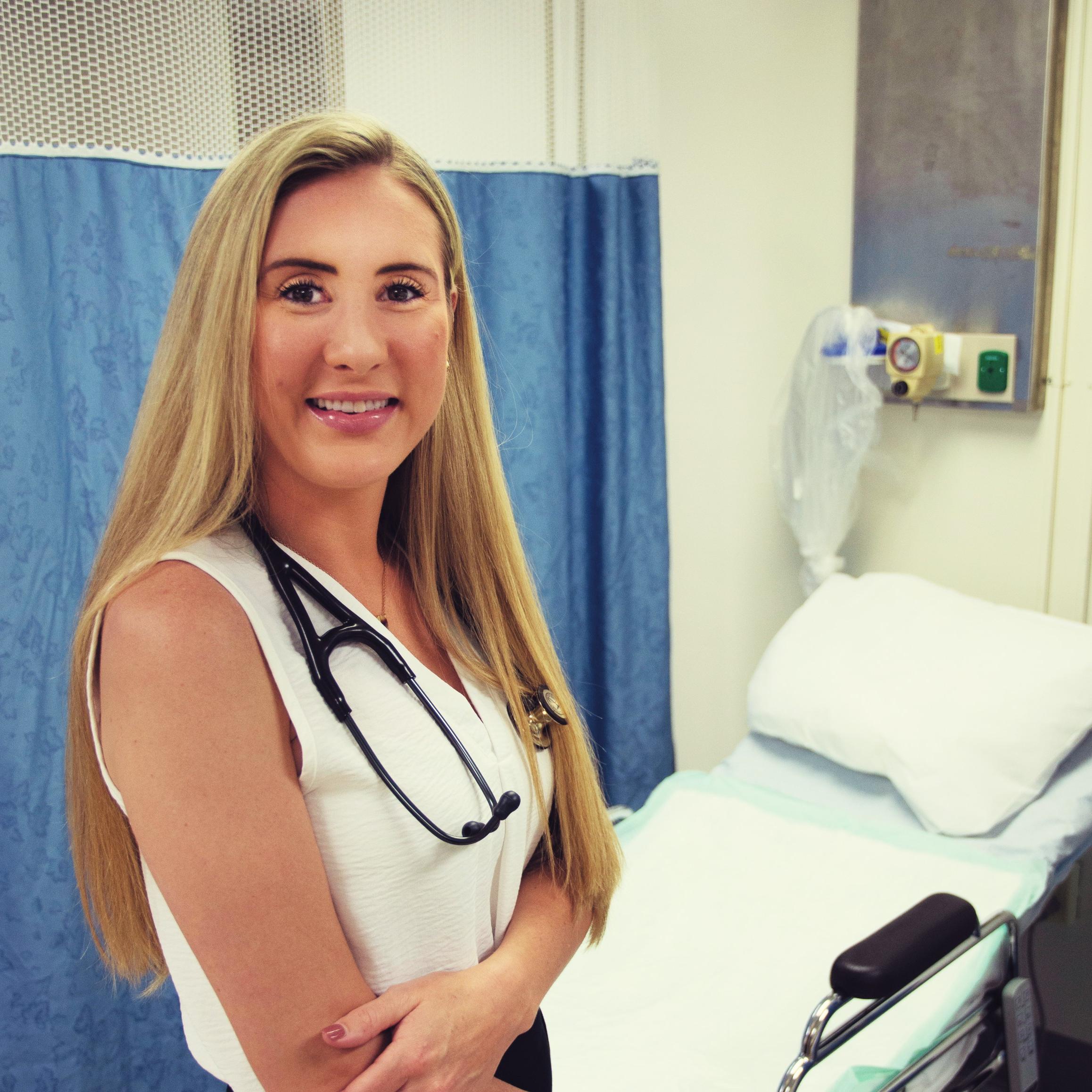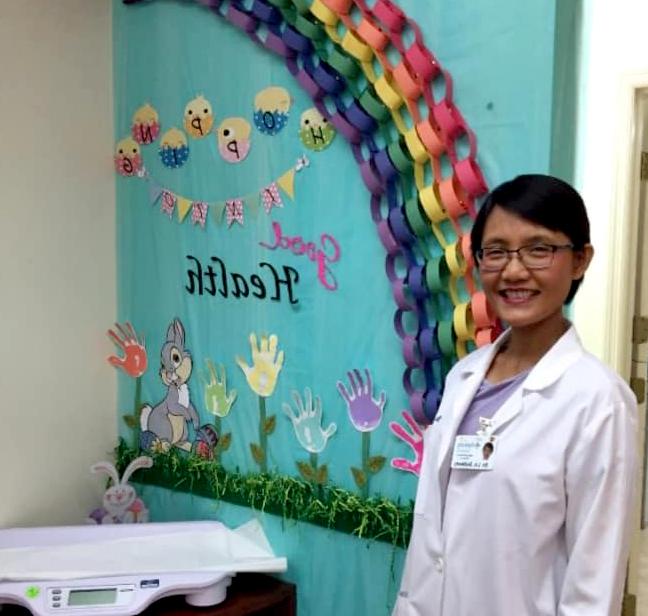What is a Mammogram?
A mammogram is a low-dose X-ray image of the breast that helps doctors detect abnormalities in breast tissue. Though, the mammogram cannot detect if the abnormalities are cancer, it can detect if you need to seek further treatment. Now, thanks to 3D mammograms, doctors are capable of detecting cancer more accurately.
Early Detection
Experts recommend that women get regular mammogram screenings based on their age and health history, as one out of eight women will develop breast cancer in her lifetime. Detecting breast cancer can increase the five-year survival rate to almost 100%.
What is the Difference Between 2D & 3D Mammograms?
With a 2D mammogram, two x-rays are taken of each breast, from top to bottom, and side to side while the breast is compressed. The breast is composed of fatty tissues, blood vessels, milk ducts, and ligaments, which can make it difficult to diagnose any abnormalities due to the compressed tissues overlapping. With 3D mammograms, physicians are able to view the many layers and angles within the breast tissue. The images of a 3D mammogram are more clear, as the doctor can view each slice that was taken.
Insurance coverage may vary due to the new technology of the 3D mammography. Please check with your insurance carrier to find out your benefits and coverage.
If you have any questions, please call our Radiology Department at (912)367-9841 ext. 1241.
To schedule your mammogram, please call our Scheduling Department at (912)367-1200 Monday-Friday 8am–4:30pm.
